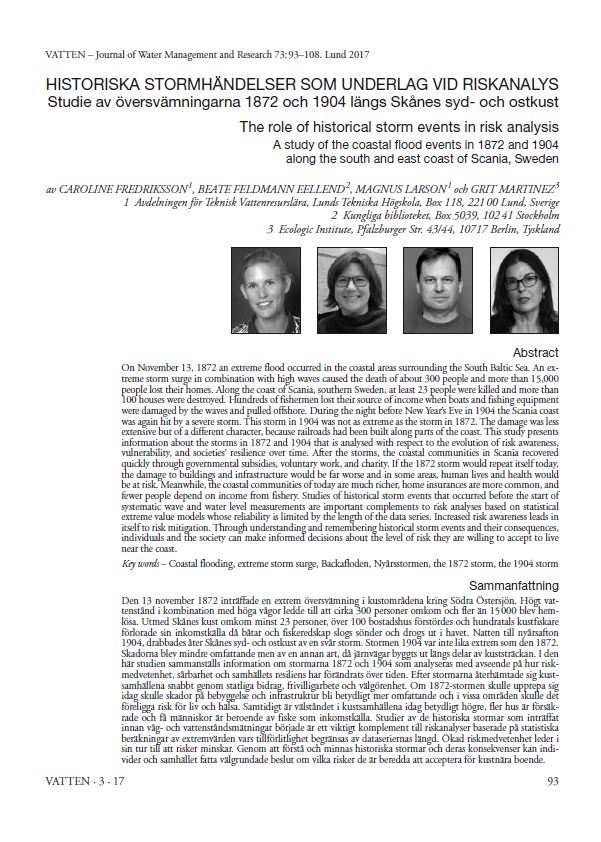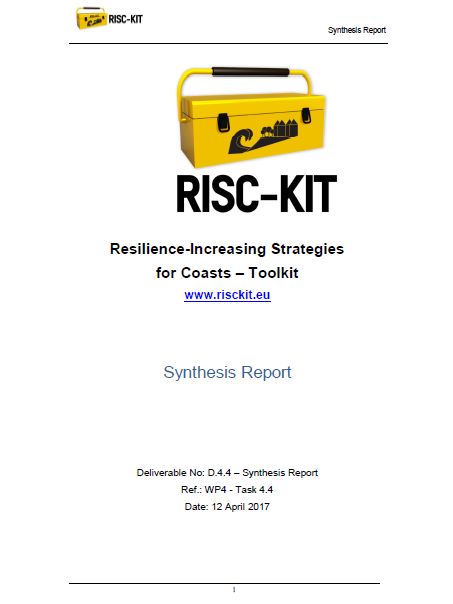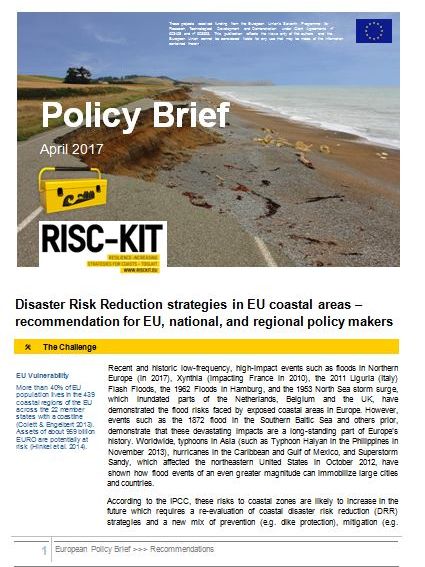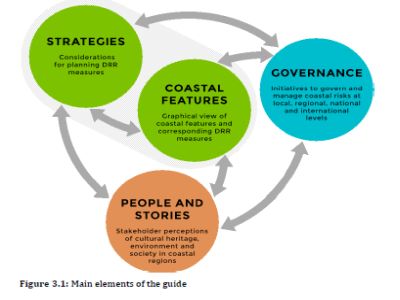A Practical Illustration of the Human Dimension in Coastal Systems and its Drivers for Change
- Presentation
- Date
-
- Location
- Bremen, Germany
- Chairing
From 4 until 6 September 2016 the Estuarine & Coastal Sciences Association (ECSA) held its 56th multidisciplinary research conference entitled "Coastal systems in transition from a 'natural' to an 'anthropogenically modified' state" in the port city of Bremen. ECSA is an international organization dedicated to the promotion and advancement of multidisciplinary research into all aspects of estuaries and coasts, and the application of science and technology for their sustainable environmental management.
Dr. Grit Martinez of Ecologic Institute and Prof. Paolo Ciavola of the University of Ferrara hosted a special session on "Practical illustration of the human dimension in coastal systems and its drivers for change". In her opening remarks Dr. Martinez stated that "cultures influence and shape public policies as well as political economies. Hence any human interactions with the hydrodynamic, sedimentological, biogeochemical, ecological dimensions of a coastal system need to be understood, challenged and managed from its political and socio- economic formed preferences".
During the session presenters from the FP 7-Project RISC-KIT (Resilience-Increasing Strategies for Coasts - toolKIT) highlighted the state of the art of their interdisciplinary research on reducing human risk in coastal areas which was complimented by further participants from other European and world-wide research projects.
Although presenters were looking on a wide range of topics reaching from pollution of coastal lagoons in West Africa to diminishing of coastal dune system in Spain and to co-design of management approaches for improving human responses to coastal systems the session was clustered around two topics: (1) The human interaction and responses of coastal systems and (2) Approaches, methods and tools for effective risk management and improvement of human interventions in coastal systems.
The overall discussion including presenters and audience came to the conclusion that the anthropogenic changes in the coastal ecological systems (such as inventions of beaches for touristic use and dykes for protection or the drainage of wetlands and others) are direct responsible for today's well known manifold stressors in coastal systems (such as erosion, landslide, flooding, changes in flora and fauna and others) and that change can only be achieved by addressing institutional stakeholders and the wider public from their respective local perspectives and possible trade-offs.
The presentations can be found below.
Investigating the impacts of climate change and anthropogenic pollution of coastal lagoons: A field survey of selected lagoons in Ghana
I. Boateng
University of Portsmouth, UK
Current status of coastal dune systems of Catalan shore (Spain, NW Mediterranean sea) and changes in the last 150 years
C. Garcia‐Lozano
University of Girona, Spain
RISC‐KIT guide ‐ a webbased guide to facilitate learning and exchange about disaster risk reduction measures
N. Stelljes
Ecologic Institute, Germany
Identifying disaster risk reduction measures through multi‐criteria analysis. Lessons from RISC‐KIT in eleven European coastal cities
K. Barquet,
Stockholm Environment Institute, Sweden
Integrating chains of DRR measures in coastal impact assessment: An application in Varna, Bulgaria
L. Cumiskey
Deltares, The Netherlands
Towards the improvement of the Emilia‐Romagna coastal EWS: Bridging scientific knowledge with stakeholder’s needs and perspectives
P. Ciavola
University of Ferrara, Italy










